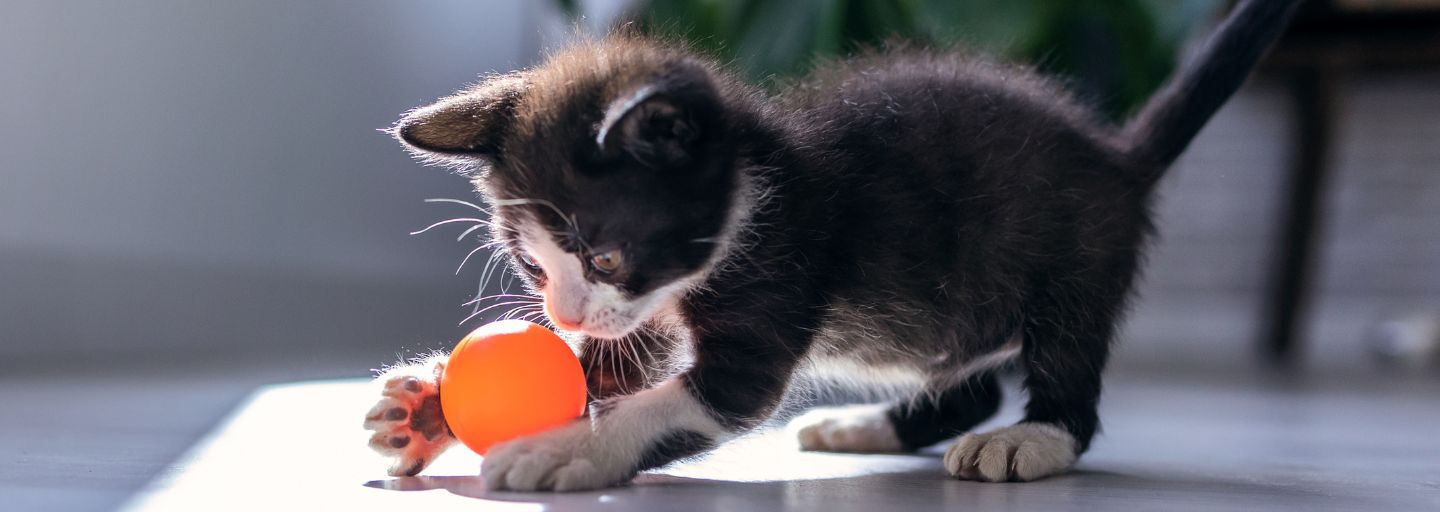When we consider training, we automatically think of dogs. Dogs are trained for obedience, for work on farms or to detect drugs, illegally imported items, even cancers. Training does not generally bring up a vision of a cat obeying your every word. Yet, cats can be trained.
What commands can cats learn?
Cats can learn all sorts of commands – to sit, to roll over, to shake a paw. Cats like to do things in their own good time, so to train them we need to be really motivated, set aside some time and above all, be patient. Remember, cats are individuals and each one will react differently when training begins. Some will ignore you or look at you as if you are mad, whilst others will be very curious and eager.
Teach one trick at a time. You can reinforce tricks your cat has mastered, but don't confuse them by teaching more than one new behaviour at a time.
How to train a cat
Cats, like dogs, are motivated to do things in life that benefit them. Seeking tasty morsels of food or a cat game with a favourite toy are favourite activities. Usually it is the cat who demands these from their owners. So let’s turn it around. Use these motivators to your advantage.
Ringing the bell
Outdoor cats can be frustrating or even destructive in their efforts to come back inside. Try suspending a small but loud bell on a string at your cat's eye level. Ignore the meowing, scratching, and other efforts to get your attention. Eventually, your cat will touch that bell and make it ring, at which point you reward her by opening the door. If this is repeated several times, your cat will soon learn to ring the bell deliberately.
The sit and Hi 5 commands
All cats sit, so teaching this is easy. As your cat sits, say "Sit," then praise them with a pat or treat. Also, introduce a hand signal, such as your hand held vertically in a stop sign, to further help your cat learn. You can quickly extend this training to have your cat join in a ‘Hi 5’ with you, where they raise a paw to your hand. First, encourage any tiny movements of their paw by giving a cat a treat each time their paw moves off the ground. Then, with the treat wrapped in your fist, wait for her to use her paw to try to grab it, then give them the treat as a reward. Gradually lift your hand higher, and when your cat touches your hand with their paw, reward them.
Still want to find out more? Why not contact our PetCare Advice Team?







